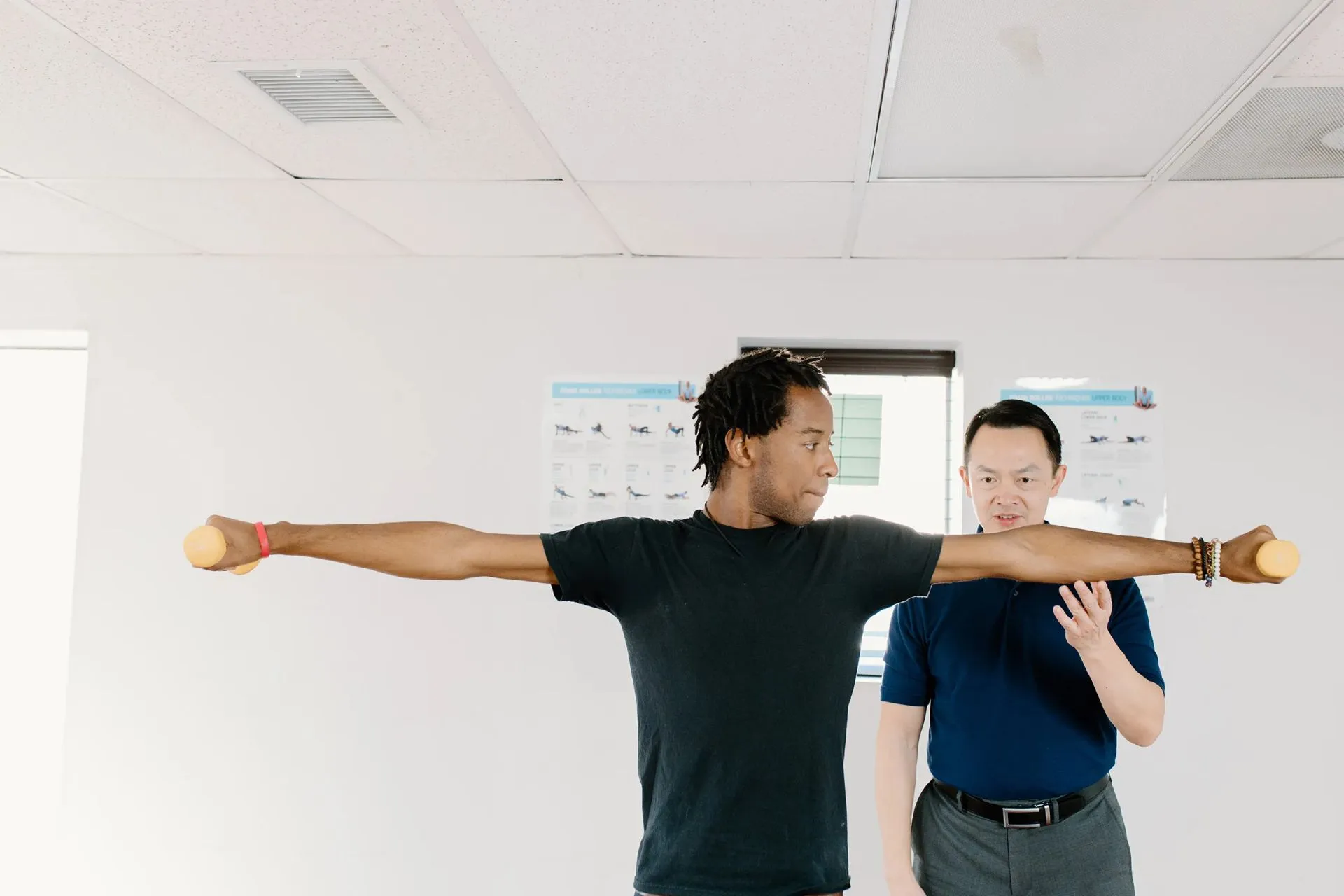Regaining mobility after an injury involves a structured approach based on measured progress and guidance from trained professionals. Physical therapy provides a system that supports restoring movement, daily function, and reducing setbacks. Therapy programs focus on safe movement, activity progression, and patient education.
What Is Physical Therapy?
Physical therapy is a healthcare field focused on improving movement, managing pain related to activity, and helping people return to daily tasks after injury or surgery. Licensed physical therapists use a combination of assessment, exercise, manual techniques, and movement training to support recovery. Their goal is to guide you from your current level of function toward your personal goals, whether that involves walking more easily or returning to sport or work.
What Injuries Can It Treat?
Physical therapists work with various musculoskeletal and movement-related conditions. Different approaches adapt to each condition, with a focus on helping you move better and meet personal goals. Common injury types include:
- Sprains and Strains: Such as ankle or wrist sprains, calf or back strains. Therapy aims to restore range, reduce compensatory patterns, and improve strength.
- Fracture Recovery: After immobilization, therapy addresses joint stiffness and muscle weakness, helping with gentle movement, strength-building, and retraining for activities.
- Post-surgical Care: Therapy follows surgical guidelines to restore motion and function over time.
- Tendon and Overuse Injuries: Conditions like tendinitis are managed with progressive resistance and movement retraining.
- Back and Neck Issues: Therapy includes movement control, flexibility, strengthening, and advice to help with daily activities.
- Balance and Gait Changes: Therapy can involve drills, assistive device training, and stepwise activity plans.
- Joint Pain With Activity: Pain in the shoulder, hip, or knee may result from strength deficits, mobility limits, or movement habits. Therapy targets contributing factors to build daily function.
What Should You Expect?
The first visit generally involves a detailed intake and movement assessment. You’ll discuss how the injury happened, symptoms during activity and rest, and personal goals. Early sessions may address gentle movement, pain management, and initial muscle activation. As progress occurs, exercises advance in difficulty to build strength, endurance, coordination, and skills relevant to your routine. Manual therapy may address joint stiffness or tissue restrictions, supported by exercises for lasting effect.
Therapy is active. Most plans include a home exercise program with recommended frequency and intensity. The therapist adjusts this as needed, based on your response and goals. Therapy aims for steady improvement in both short- and long-term function. Consistent participation and communication with your therapist support ongoing improvement. If setbacks happen, the plan can be revised to fit your needs and recovery pace.
Seek Professional Therapy Services
A physical therapy program offers a pathway for returning to daily activities and working toward functional goals after injury. Through guided care, you build mobility, track progress, and develop skills for life after an injury. If mobility is restricted, reach out to a licensed physical therapy provider for a treatment plan. Discuss your routine, needs, and personal objectives. A well-structured plan and open communication can support your journey back to recovered and improved movement.









Leave a Reply